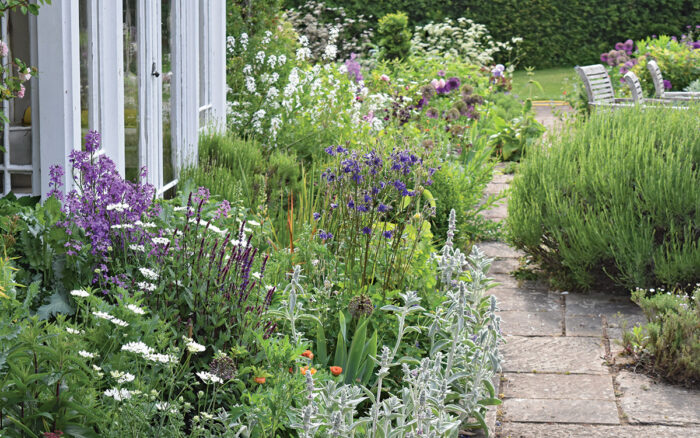
During his time designing and maintaining this private English country garden, Istvan Dudas has wholeheartedly embraced the cottage garden style. Being a creative plantsman, however, he still leaves room for lots of experimentation. Annuals and tender perennials are constantly being added, removed, replaced, and rearranged—a benefit to both the garden and the gardener. “I think if we use only shrubs and perennials, it can be very static, and that can be boring for the people who enjoy the garden—and for me. With my system, I can improve my plant knowledge and be more creative.”
At a Glance |
| Size: 2 acres
Location: Oxfordshire, UK Age of the garden: 8 years |
Equivalent USDA Hardiness Zone: 8
Conditions: Partial shade; chalky soil, improved with organic matter |
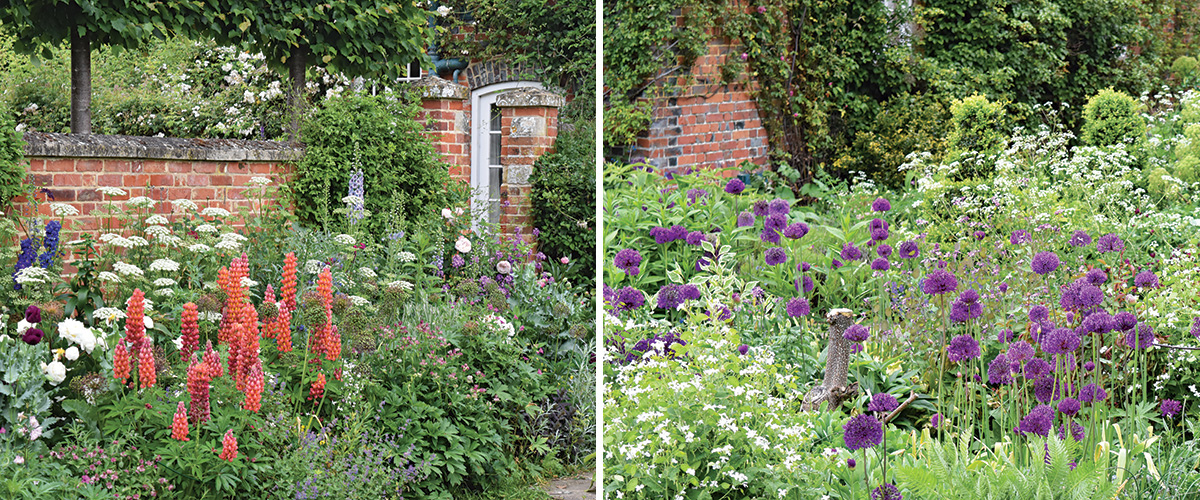
Istvan’s creativity is more than evident in his exceptional combinations, which are true tapestries of color when in full bloom. Though his beds and borders are rich with varied textures and forms, color (primarily from blooms) is the key to Istvan’s design strategy. In early summer, showy annuals such as poppies (Papaver spp. and cvs.), pot marigold (Calendula officinalis), and white laceflower (Orlaya grandiflora) mingle with biennials like foxglove (Digitalis purpurea and cvs., Zones 4–8), dame’s rocket (Hesperis matronalis*, Zones 3–8), and silver dollar plant (Lunaria annua, Zones 5–9). In late summer, when the British weather gets considerably warmer, the early stars are replaced with more heat-tolerant options, such as Queen Anne’s lace (Ammi majus, annual), dahlias (Dahlia spp. and cvs., Zones 8–11), giant larkspur (Consolida ajacis, annual), and ‘Amistad’ salvia (Salvia ‘Amistad’, Zones 8–11) to ensure a continuous show of color throughout the rest of the season. Mixing all of these plants with various perennials in a meadow style, Istvan says, “looks both naturalistic and artistic.”
Just as Istvan doesn’t limit his plant palette, he doesn’t limit his sources of inspiration. He visits and enjoys gardens of all styles, and he names Michelin-star chefs as some of his biggest inspirations for their “passion and amazing hard work.” Above all, Istvan loves to constantly try new things in the garden and views each mistake as a valuable lesson. “I believe that all plants are beautiful,” he says. “We just need to find the right places for them.” He adds it’s important to get a deep understanding of your plants and to look after them with care. If you do that, positive results are sure to follow.
*Invasive alert: Dame’s rocket (Hesperis matronalis)
This plant is considered invasive in CO, CT, IL, IN, IA, MA, ME, MI, NH, NJ, OH, PA, TN, VT, WI, and WV.
Please visit invasiveplantatlas.org for more information.
Kaitlyn Hayes is a digital content production specialist for Fine Gardening.
Photos: courtesy of Istvan Dudas
Have a garden you’d like to share?
Have photos to share? We’d love to see your garden, a particular collection of plants you love, or a wonderful garden you had the chance to visit!
To submit, send 5-10 photos to [email protected] along with some information about the plants in the pictures and where you took the photos. We’d love to hear where you are located, how long you’ve been gardening, successes you are proud of, failures you learned from, hopes for the future, favorite plants, or funny stories from your garden.
If you want to send photos in separate emails to the GPOD email box that is just fine.
Have a mobile phone? Tag your photos on Facebook, Instagram or Twitter with #FineGardening!
You don’t have to be a professional garden photographer – check out our garden photography tips!
Do you receive the GPOD by email yet? Sign up here.


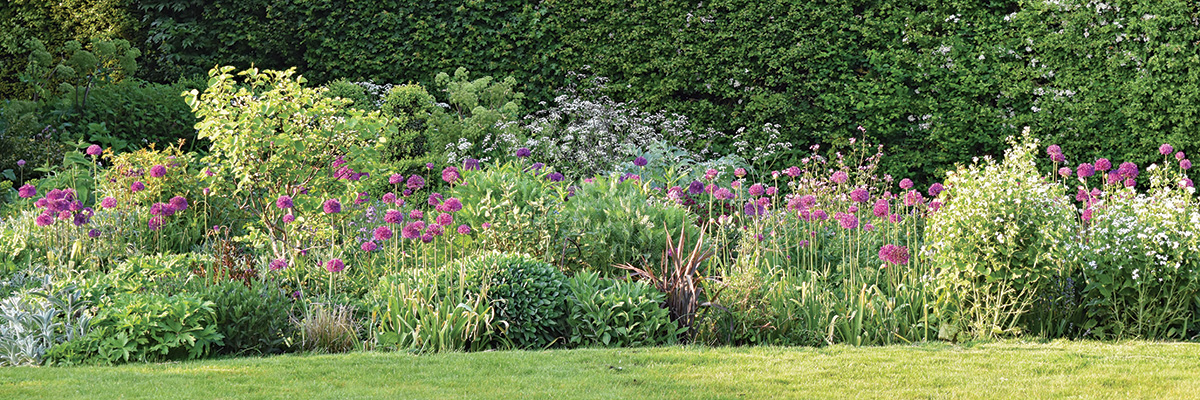
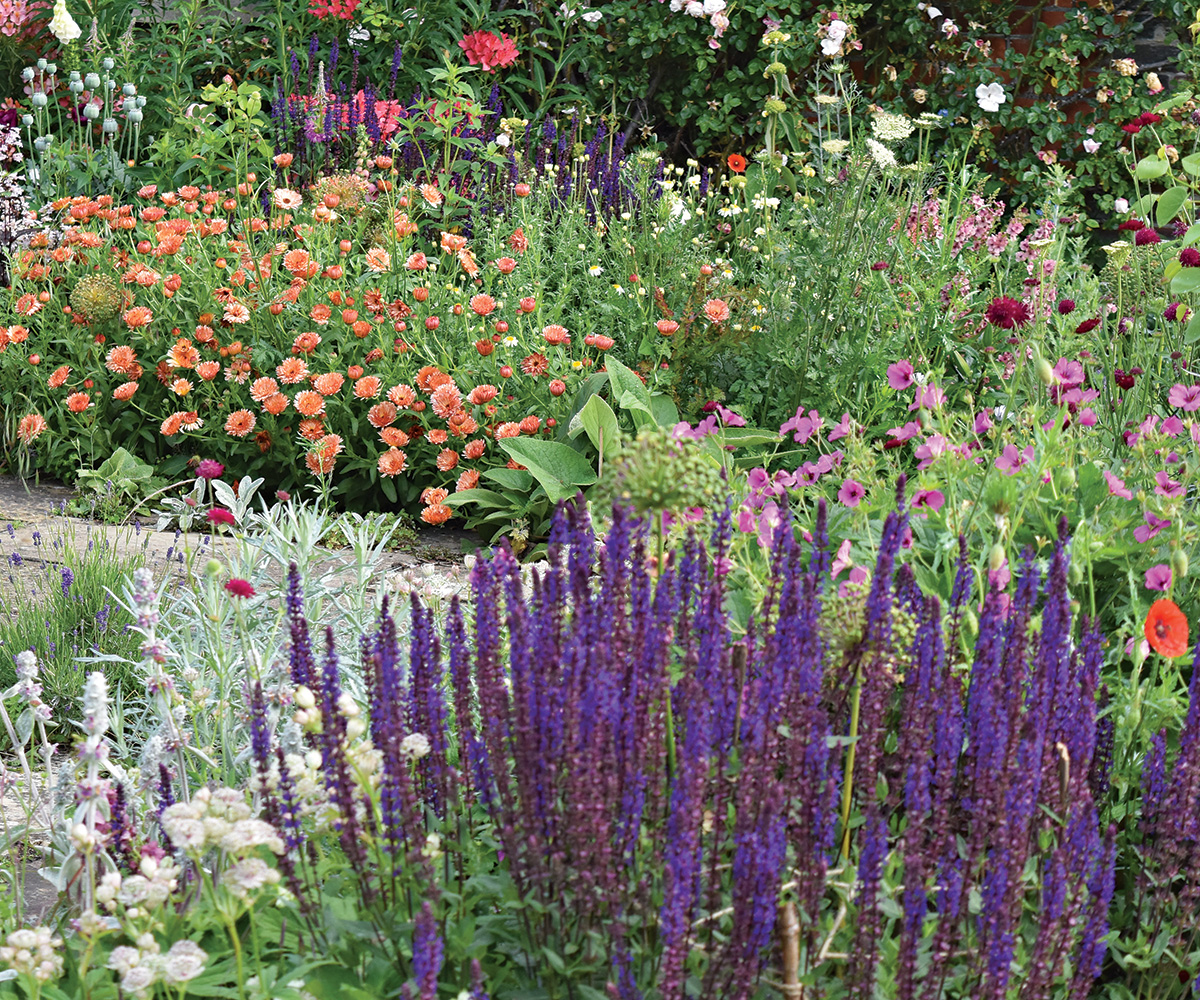

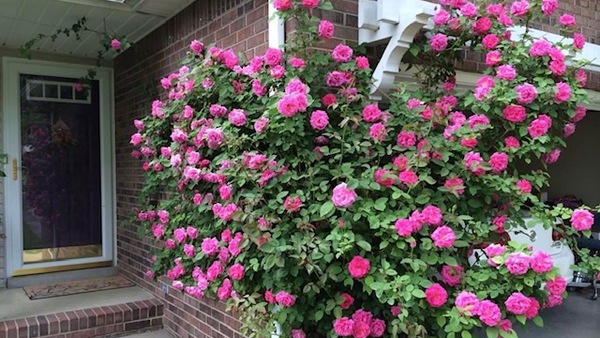
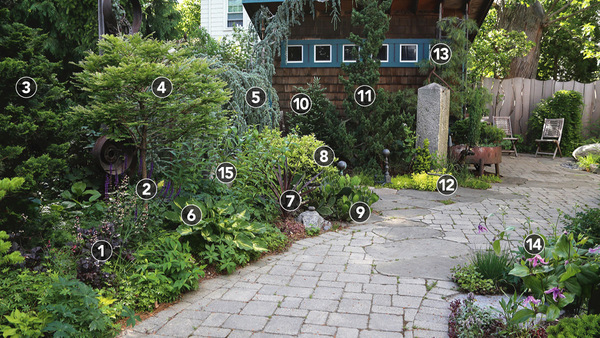

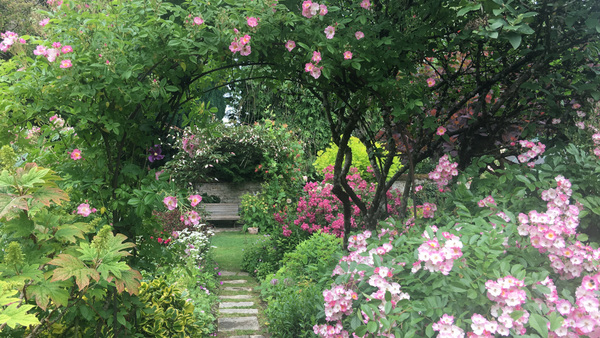












Comments
Log in or create an account to post a comment.
Sign up Log in